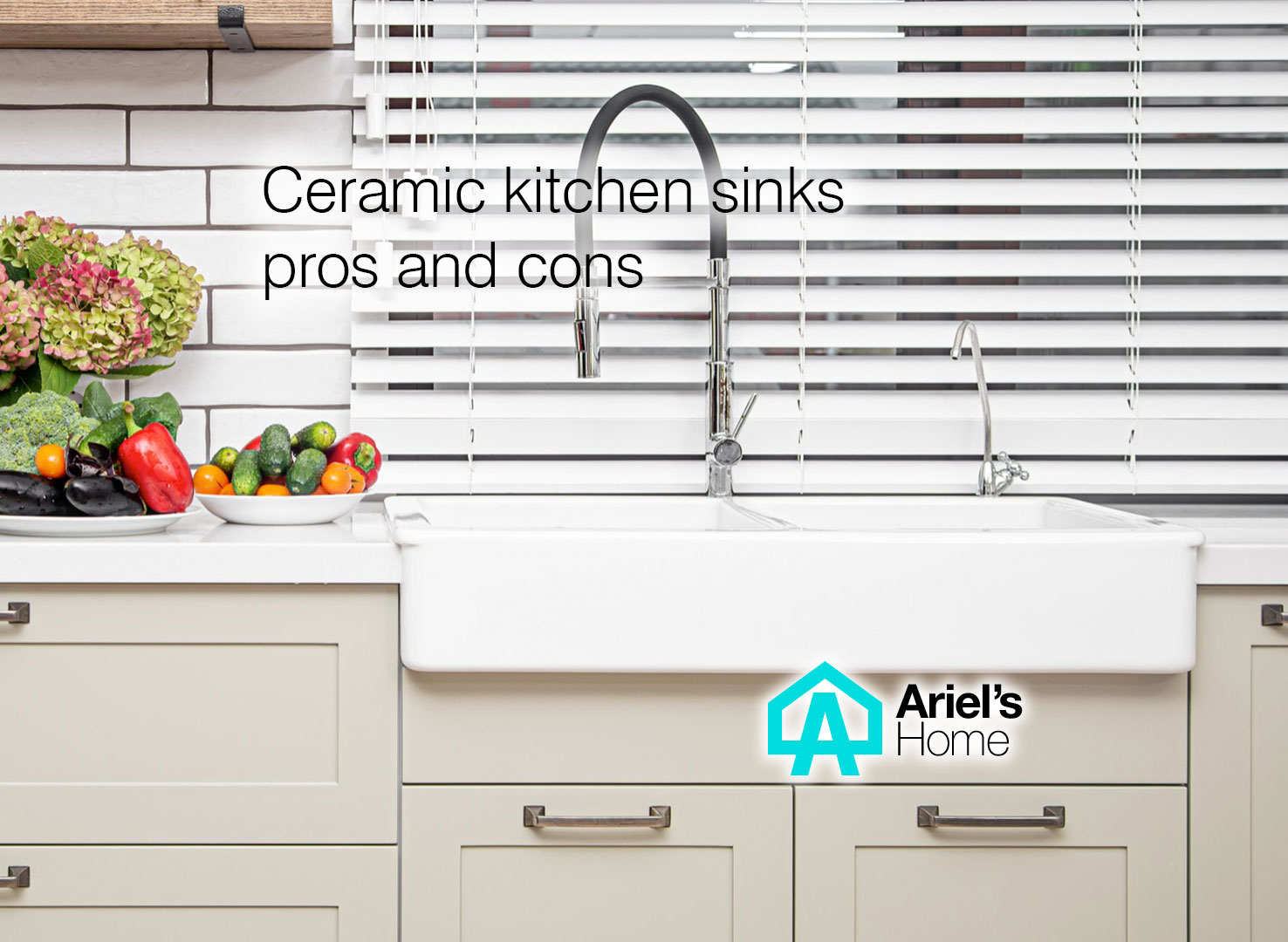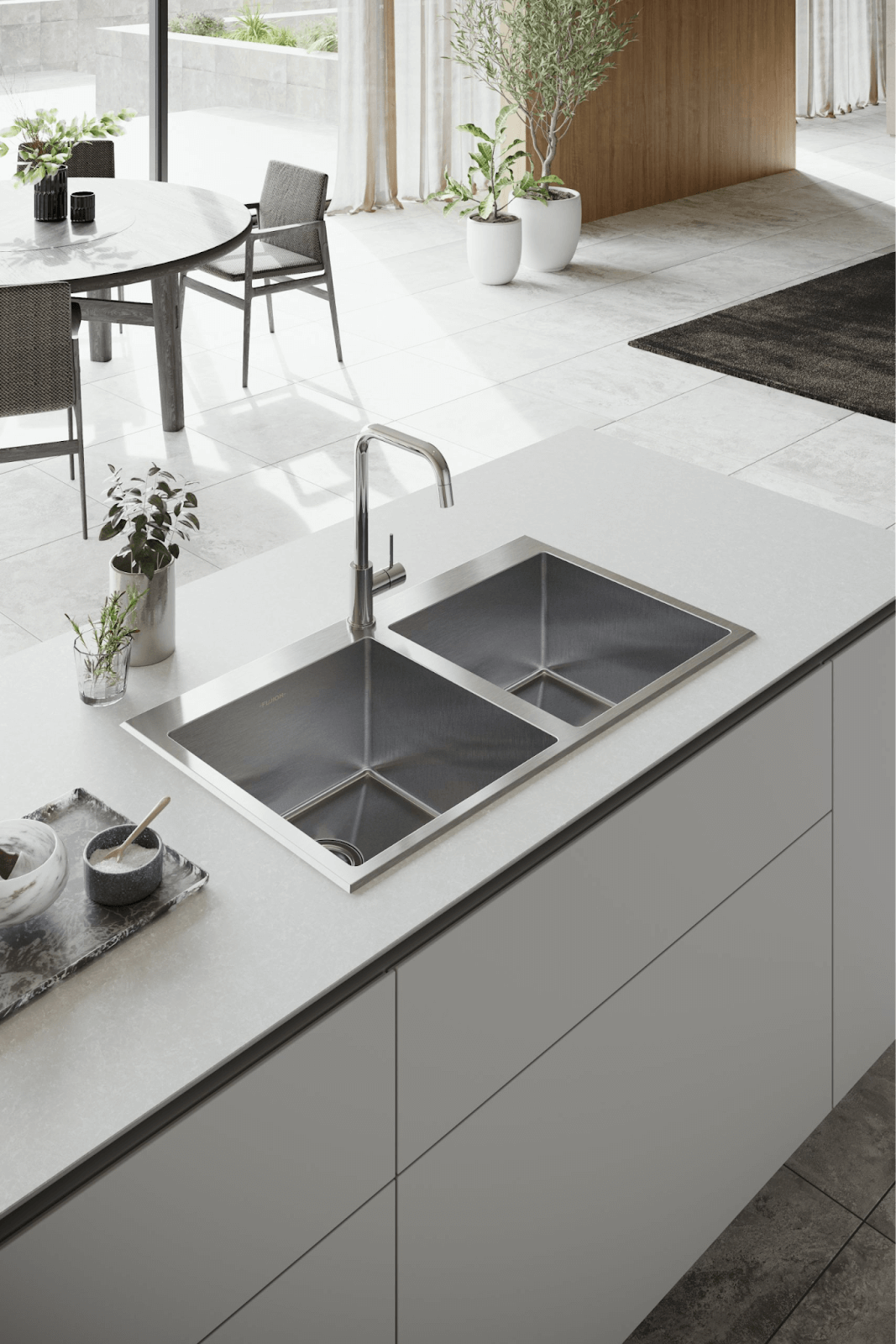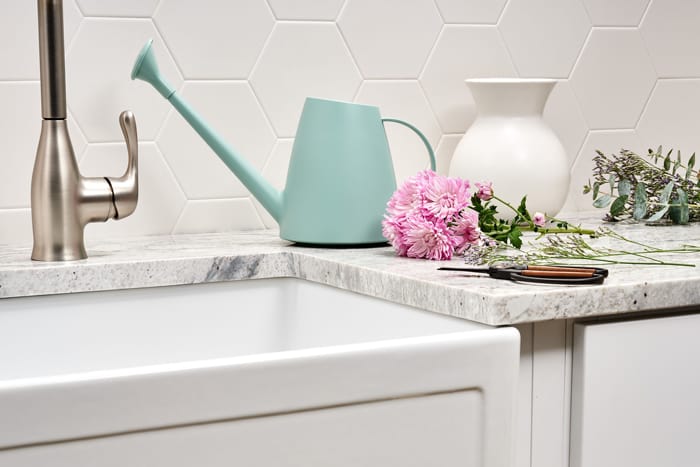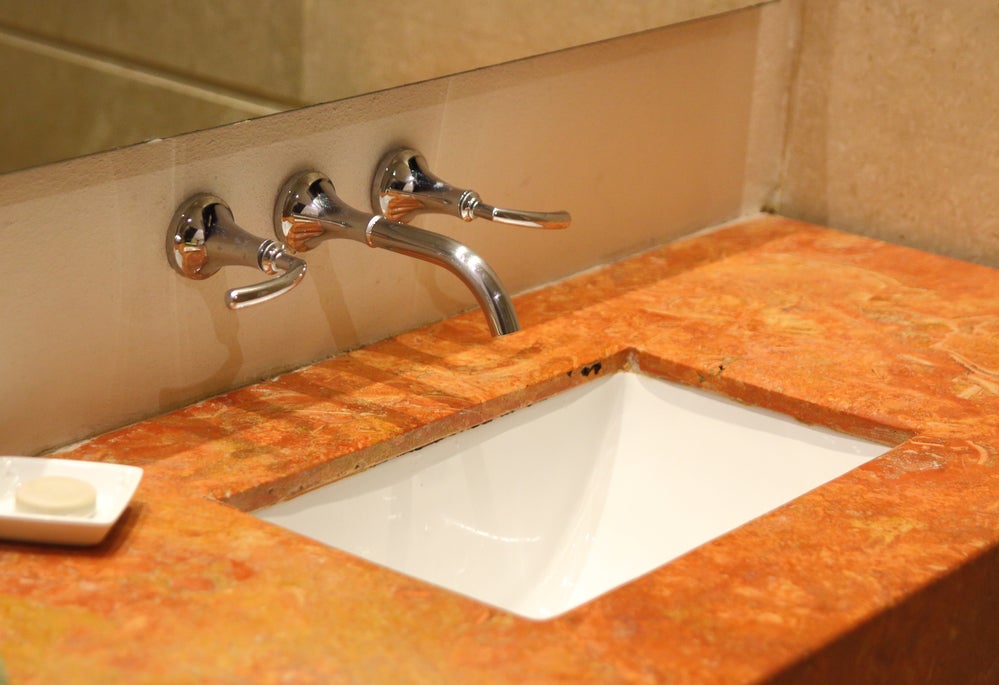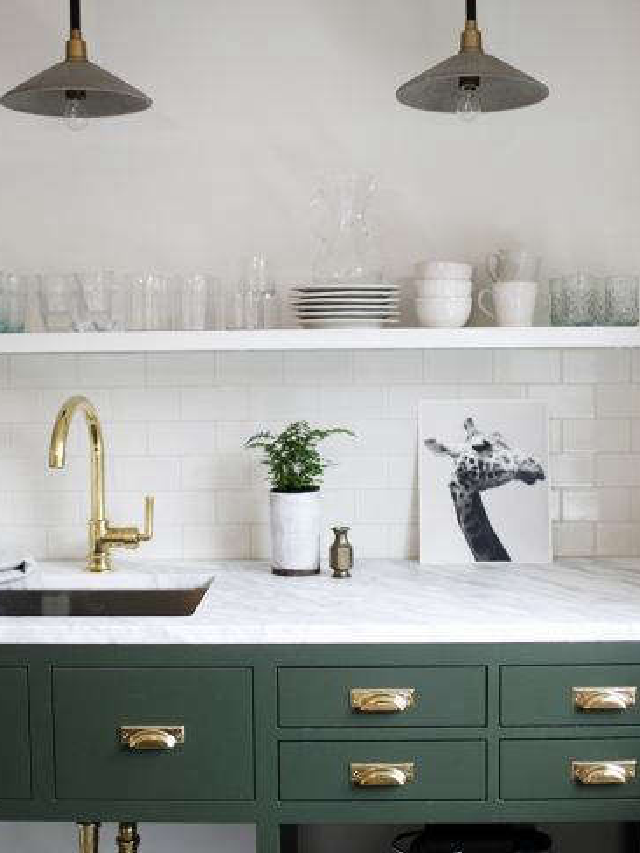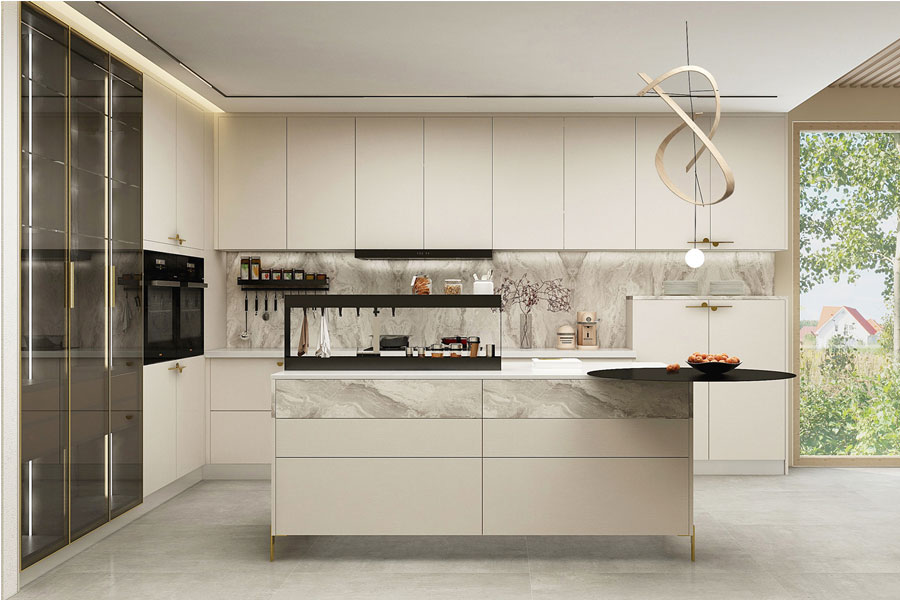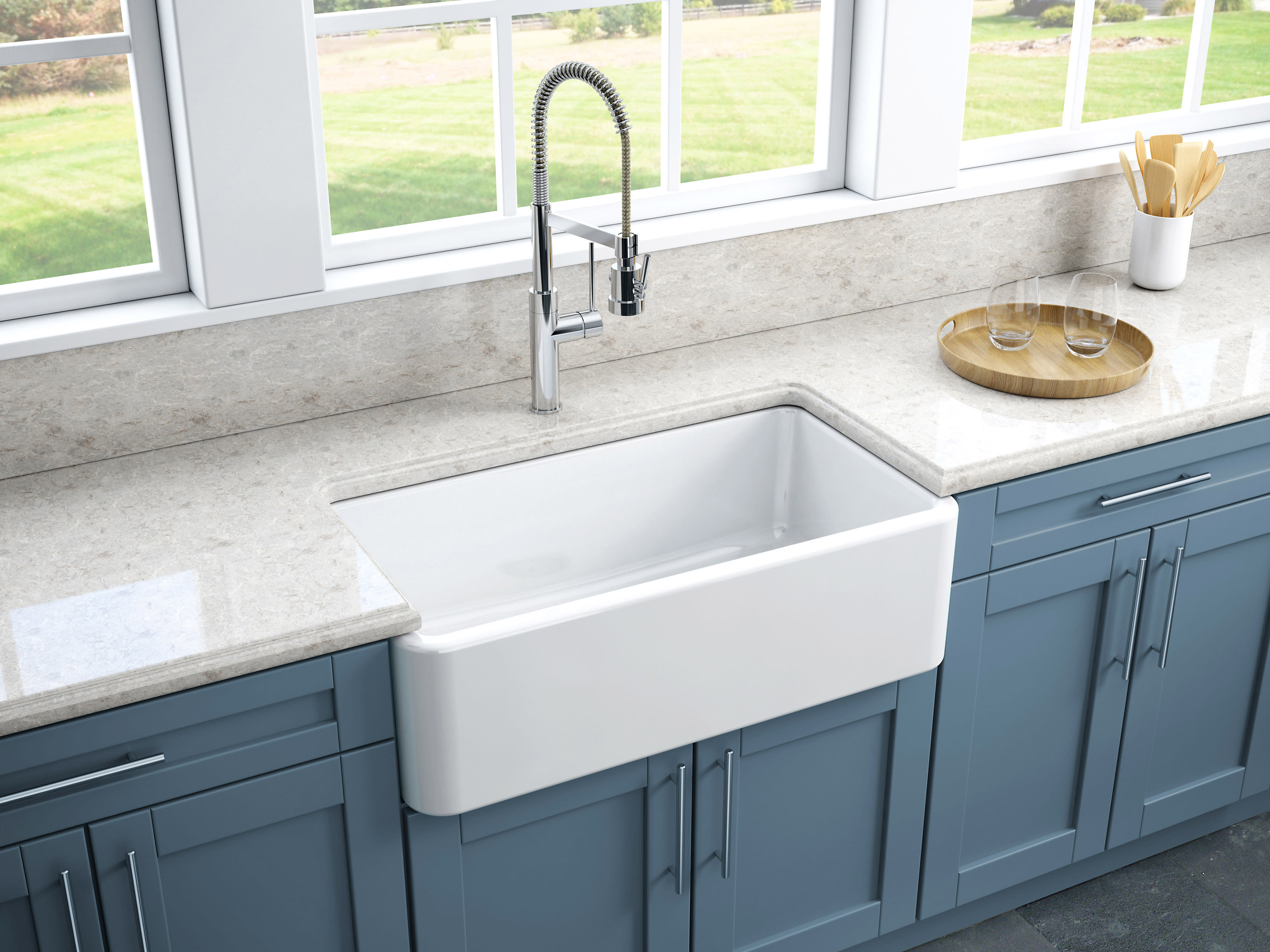Choosing the right kitchen sink may seem like a small decision, but it can make a big impact on the overall functionality and style of your kitchen. With so many options available, it can be overwhelming to know where to start. But fear not, we have compiled a list of 10 tips to help guide you in choosing the perfect kitchen sink for your home.How to Choose the Right Kitchen Sink for Your Home
1. Consider your kitchen's layout and design. The sink should fit seamlessly into the space and complement the overall aesthetic. 2. Think about the size of your family and how you will be using the sink. If you have a large family, a larger sink with multiple basins may be more practical. 3. Decide on the material that suits your needs. Stainless steel is durable and easy to clean, while ceramic adds a classic touch and is resistant to scratches and stains. 4. Consider the installation method. Undermount sinks offer a seamless look, while drop-in sinks are easier to install and can be replaced without changing the countertop. 5. Determine the number of basins you need. A single basin sink offers more space for washing larger items, while a double basin sink allows for multitasking. 6. Think about the depth of the sink. A deeper sink can accommodate larger items and minimize splashing, but a shallower sink may be more ergonomic for shorter individuals. 7. Look for additional features like built-in drainboards, cutting boards, or colanders, depending on your needs and preferences. 8. Consider the maintenance and cleaning requirements of the sink. Some materials may require more upkeep than others. 9. Keep your budget in mind. While a high-quality sink can be a worthwhile investment, make sure it fits within your budget. 10. Don't forget to measure your cabinet space before making a purchase. You want to make sure the sink will fit comfortably without any modifications.10 Tips for Picking the Perfect Kitchen Sink
Choosing a kitchen sink may seem like a daunting task, but with this ultimate guide, you'll have all the information you need to make an informed decision. First and foremost, determine your budget and stick to it. With so many options available, it's easy to get carried away and overspend. Knowing your budget will help narrow down your choices. Next, consider the size and layout of your kitchen. If you have a smaller kitchen, a single basin sink may be more practical. In a larger kitchen, a double basin sink can offer more versatility. When it comes to material, there are many options available, each with its own set of pros and cons. Stainless steel is a popular choice for its durability and affordability. Ceramic sinks add a touch of elegance and are resistant to scratches and stains. Granite composite sinks offer a modern look and are highly durable. Think about how you will be using the sink. If you do a lot of cooking and food prep, consider a sink with additional features like built-in cutting boards or colanders. These can make tasks easier and more efficient. Installation method is another important factor to consider. Undermount sinks provide a sleek and seamless look, but they may require professional installation. Drop-in sinks are easier to install and can be replaced without changing the countertop. Finally, don't forget about maintenance and cleaning requirements. Some materials, like stainless steel, are easy to clean, while others may require more upkeep. Consider your lifestyle and how much time you are willing to spend on maintaining your sink.The Ultimate Guide to Choosing a Kitchen Sink
Choosing a kitchen sink is not just about picking the one that looks the best. There are several factors to consider to ensure you make the right choice for your home. First, think about the functionality of the sink. How many basins do you need? Do you want additional features like built-in drainboards or cutting boards? Next, consider the style of your kitchen. You want the sink to complement the overall design and flow seamlessly with the rest of the space. Material is another important factor to consider. Stainless steel is the most popular choice for its durability and affordability, but there are many other options available, such as ceramic, granite composite, and even natural stone. Think about the depth of the sink as well. A deeper sink can accommodate larger items and minimize splashing, but a shallower sink may be more ergonomic for shorter individuals. Consider the installation method and whether it aligns with your budget and preferences. Undermount sinks offer a seamless look, but they may require professional installation. Drop-in sinks are easier to install and can be replaced without changing the countertop. Lastly, think about maintenance and cleaning requirements. Some materials may require more upkeep than others, so make sure to choose one that fits your lifestyle.Factors to Consider When Choosing a Kitchen Sink
1. Material: Consider the durability, maintenance, and aesthetic appeal of different materials like stainless steel, ceramic, and granite composite. 2. Size and layout: Think about the size of your kitchen and how you will be using the sink. This will help determine the number of basins and the depth of the sink. 3. Style: The sink should complement the overall design of your kitchen and fit seamlessly into the space. 4. Features: Decide on any additional features you may want, such as built-in drainboards, cutting boards, or colanders. 5. Budget: Set a budget and stick to it. There are many options available at different price points, so make sure to choose one that fits within your budget.Top 5 Things to Look for When Choosing a Kitchen Sink
The material of your kitchen sink is an important factor to consider as it can affect the durability, maintenance, and look of your sink. Stainless steel is the most popular choice for its durability, affordability, and easy maintenance. It is also resistant to stains and scratches. Ceramic sinks add a classic touch to any kitchen and are highly resistant to scratches and stains. However, they may be more prone to chipping or cracking. Granite composite sinks offer a modern look and are highly durable. However, they may require more maintenance to keep them looking their best. Consider your budget, lifestyle, and preferences to choose the best material for your kitchen sink.Choosing the Best Material for Your Kitchen Sink
Before purchasing a new kitchen sink, it's important to measure your cabinet space to ensure a proper fit. Start by measuring the width of the cabinet from left to right. Next, measure the depth from the front of the cabinet to the back. Then, measure the height from the bottom of the cabinet to the top. Once you have these measurements, you can start looking for a sink that will fit comfortably within your cabinet space. It's also important to consider the placement of the sink in relation to other fixtures, such as faucets and backsplash, to ensure proper installation.How to Measure for a New Kitchen Sink
When choosing a kitchen sink, there are many styles to choose from, each with its own set of pros and cons. Undermount sinks offer a seamless and modern look, but they may require professional installation and can be more expensive. Drop-in sinks are easier to install and can be replaced without changing the countertop, but they may not offer the same sleek look as undermount sinks. Farmhouse sinks add a rustic and charming touch to any kitchen, but they may require custom cabinetry and can be more expensive. Double basin sinks offer versatility and convenience, but they may take up more counter space and limit the size of items that can be washed. Consider your needs and preferences to choose the best style for your kitchen sink.The Pros and Cons of Different Kitchen Sink Styles
When it comes to installation, there are two main options for kitchen sinks: undermount and drop-in. Undermount sinks offer a seamless and modern look as they are mounted underneath the countertop. This also allows for easier cleaning around the sink. However, they may require professional installation and can be more expensive. Drop-in sinks are easier to install and can be replaced without changing the countertop. They also come in a variety of styles and are more budget-friendly. However, they may not offer the same sleek look as undermount sinks. Consider your budget, preferences, and installation needs when choosing between these two options.Comparing Undermount vs. Drop-In Kitchen Sinks
When choosing a kitchen sink, it's important to consider the size of your cabinets to ensure a proper fit. Single basin sinks are a good option for smaller cabinets, as they take up less space and offer more room for larger items. Double basin sinks are better for larger cabinets and can accommodate multitasking. However, they may take up more counter space. Make sure to measure your cabinet space and consider the size and depth of the sink before making a purchase.Choosing the Right Size Kitchen Sink for Your Cabinets
Choosing the Perfect Kitchen Sink for Your Home

Functionality and Design
 When designing your dream kitchen, one of the most important decisions you will make is choosing the
perfect kitchen sink
. Not only is it a key element in the overall design, but it also serves an essential purpose in the functionality of your kitchen. The sink is where you will do most of your food preparation, dishwashing, and even hand washing. Therefore, it is crucial to consider both the functionality and design when choosing a kitchen sink.
When designing your dream kitchen, one of the most important decisions you will make is choosing the
perfect kitchen sink
. Not only is it a key element in the overall design, but it also serves an essential purpose in the functionality of your kitchen. The sink is where you will do most of your food preparation, dishwashing, and even hand washing. Therefore, it is crucial to consider both the functionality and design when choosing a kitchen sink.
Size and Material
 Size
is an important factor to consider when choosing a kitchen sink. It should be large enough to accommodate your daily needs, but not too big that it takes up too much counter space. A good rule of thumb is to choose a sink that is at least 22 inches deep and 30 inches wide. Additionally, the
material
of the sink is another important consideration. Stainless steel and porcelain are popular options for their durability and easy maintenance. However, if you want to add a touch of elegance to your kitchen, consider a
granite or quartz sink
that also offers durability and a sleek look.
Size
is an important factor to consider when choosing a kitchen sink. It should be large enough to accommodate your daily needs, but not too big that it takes up too much counter space. A good rule of thumb is to choose a sink that is at least 22 inches deep and 30 inches wide. Additionally, the
material
of the sink is another important consideration. Stainless steel and porcelain are popular options for their durability and easy maintenance. However, if you want to add a touch of elegance to your kitchen, consider a
granite or quartz sink
that also offers durability and a sleek look.
Mounting Options
 There are three main mounting options for kitchen sinks: top mount, undermount, and farmhouse.
Top mount sinks
are the most common and easiest to install, but they can be difficult to clean due to the lip that sits on the countertop.
Undermount sinks
are installed under the countertop, creating a seamless look, but they require professional installation. For a more rustic and farmhouse feel, consider a
farmhouse sink
that extends past the countertop and adds a unique touch to your kitchen.
There are three main mounting options for kitchen sinks: top mount, undermount, and farmhouse.
Top mount sinks
are the most common and easiest to install, but they can be difficult to clean due to the lip that sits on the countertop.
Undermount sinks
are installed under the countertop, creating a seamless look, but they require professional installation. For a more rustic and farmhouse feel, consider a
farmhouse sink
that extends past the countertop and adds a unique touch to your kitchen.
Additional Features
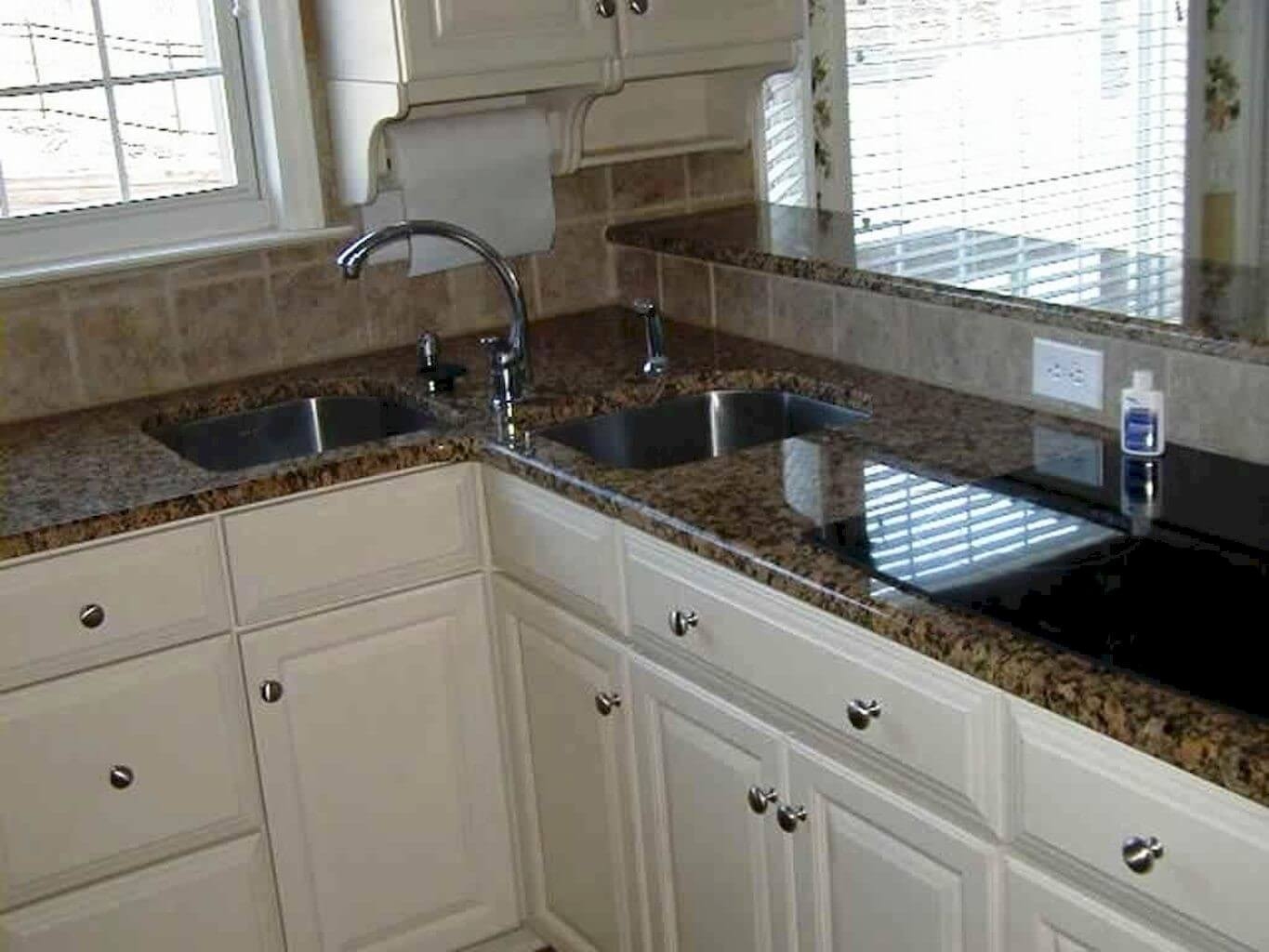 Lastly, consider any additional features you may want in your kitchen sink. Some sinks offer
built-in accessories
such as cutting boards and colanders, which can be convenient for food preparation. You can also opt for a sink with multiple
bowl sizes
for added functionality. Additionally, consider the
faucet and handle options
that will complement the overall design of your sink and kitchen.
In conclusion, choosing the perfect kitchen sink for your home requires careful consideration of both functionality and design. Keep in mind the size, material, mounting options, and additional features to ensure you make the best decision for your dream kitchen. With the right kitchen sink, you can elevate the look and functionality of your kitchen and make it a space you truly love.
Lastly, consider any additional features you may want in your kitchen sink. Some sinks offer
built-in accessories
such as cutting boards and colanders, which can be convenient for food preparation. You can also opt for a sink with multiple
bowl sizes
for added functionality. Additionally, consider the
faucet and handle options
that will complement the overall design of your sink and kitchen.
In conclusion, choosing the perfect kitchen sink for your home requires careful consideration of both functionality and design. Keep in mind the size, material, mounting options, and additional features to ensure you make the best decision for your dream kitchen. With the right kitchen sink, you can elevate the look and functionality of your kitchen and make it a space you truly love.







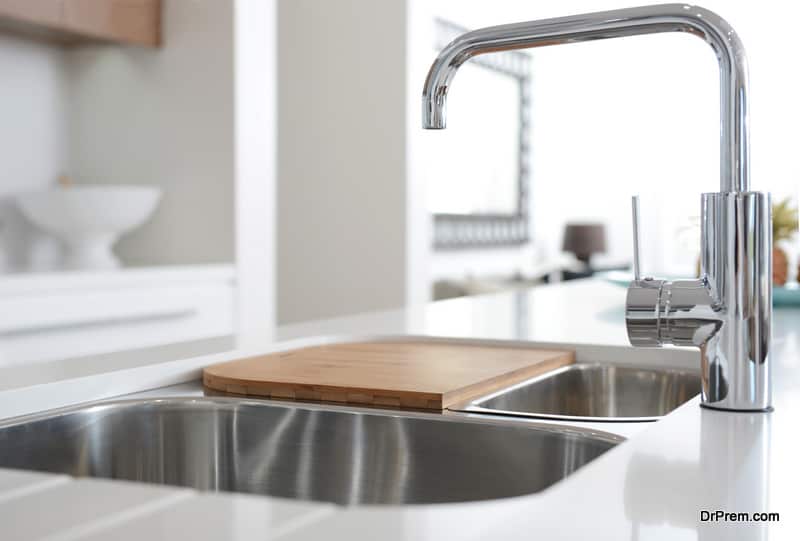


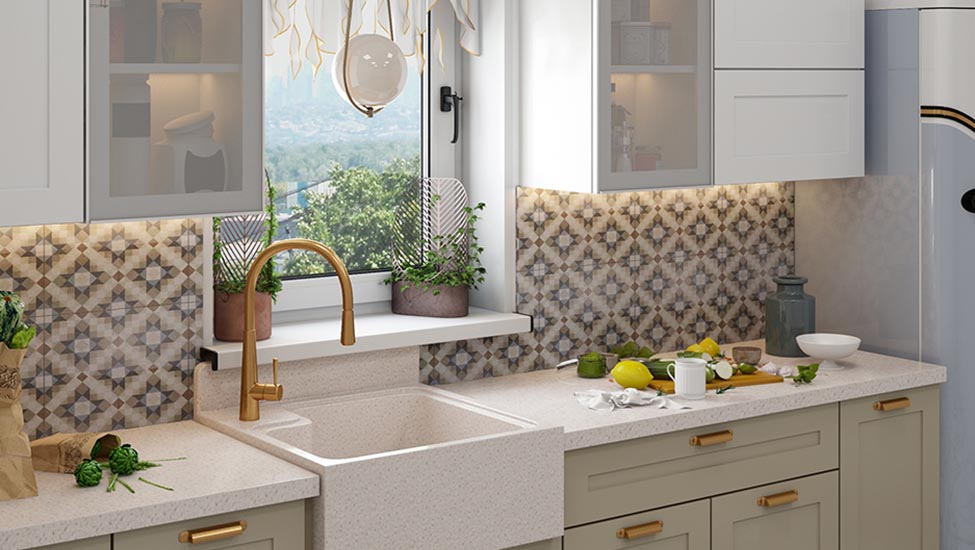
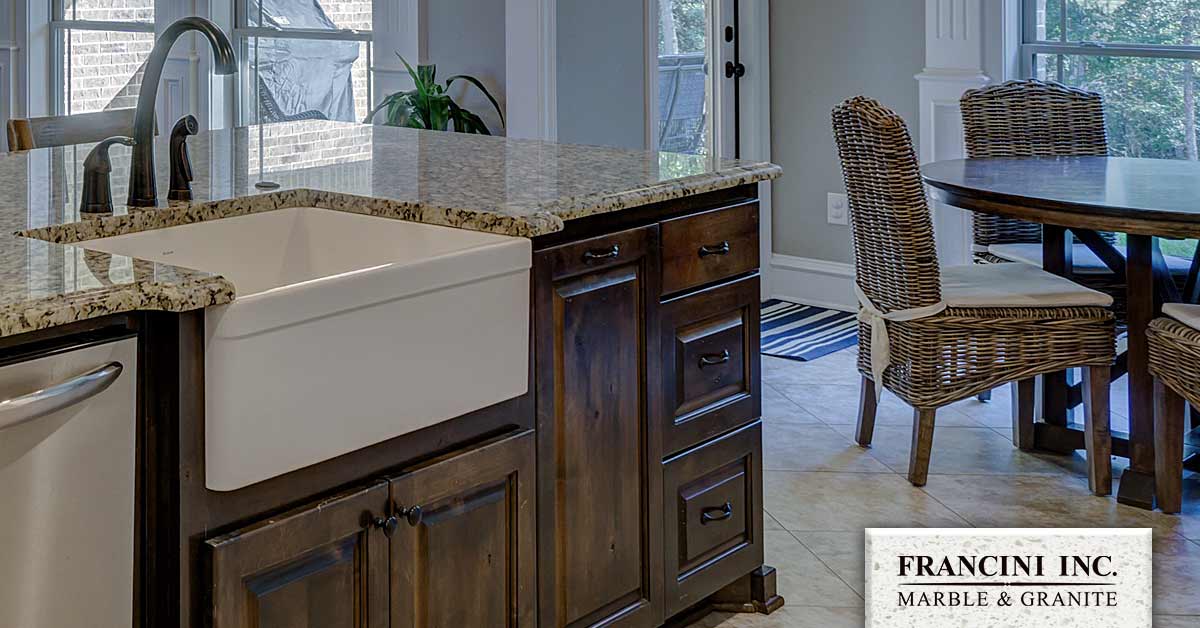


.jpg)

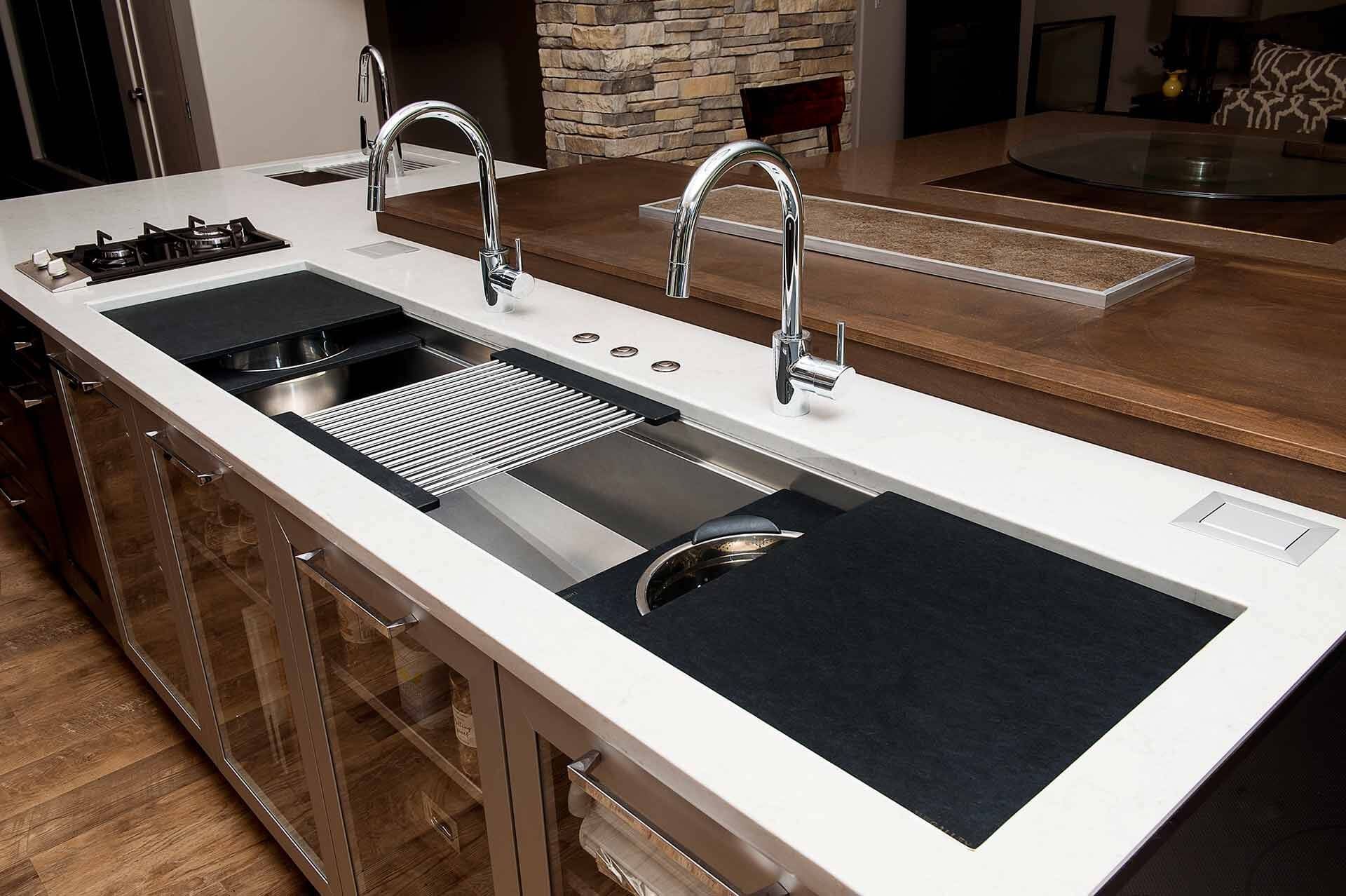
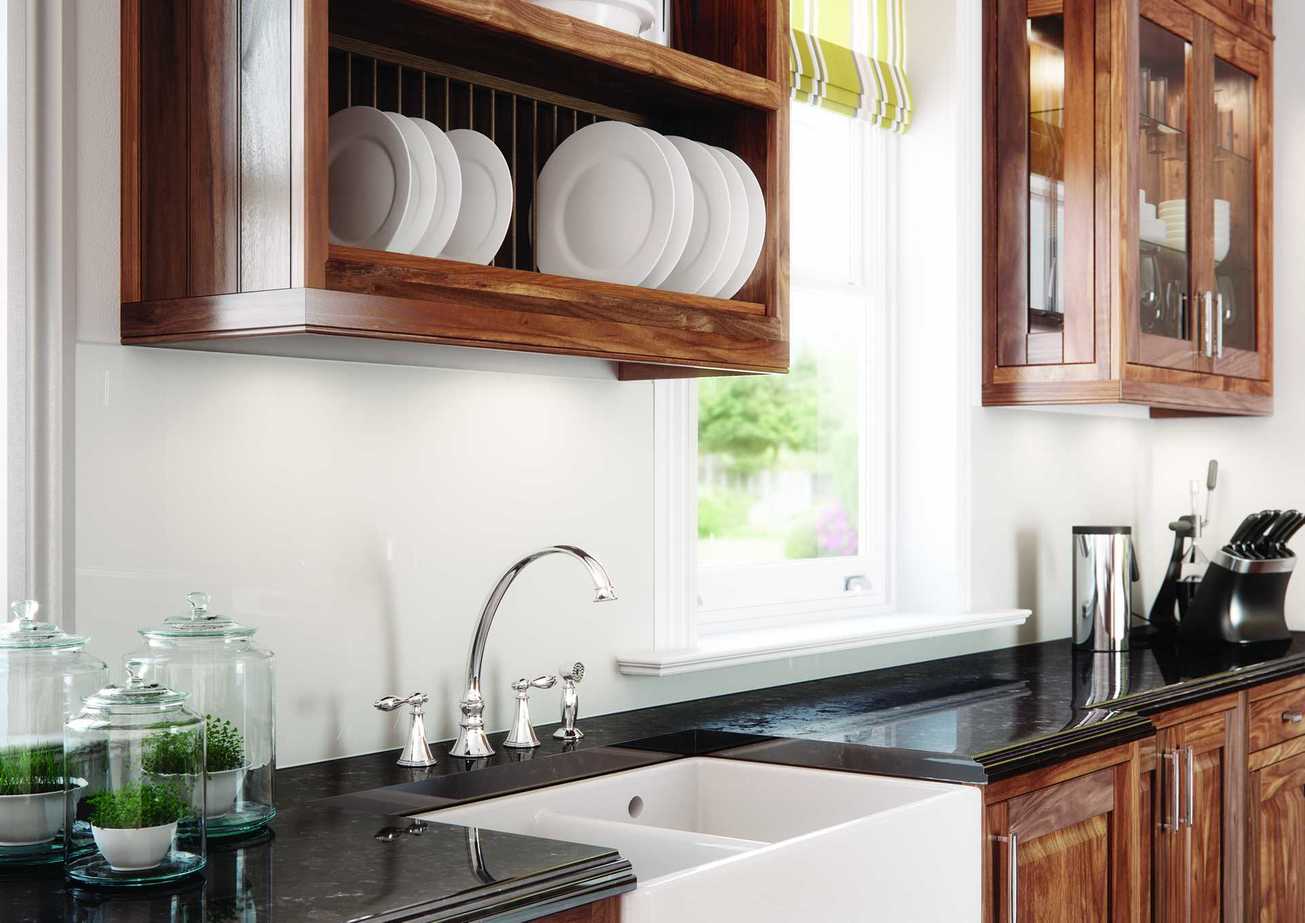





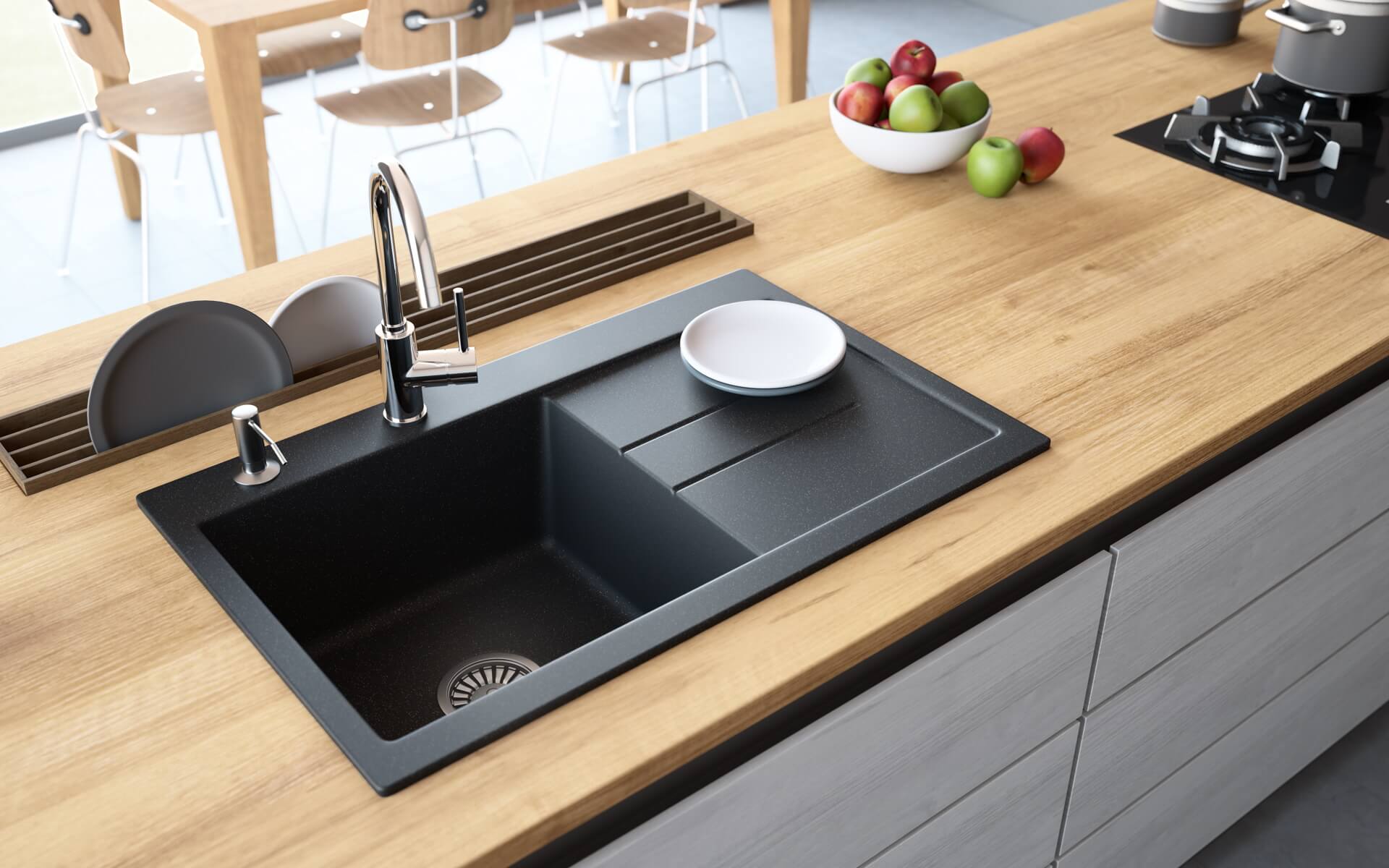
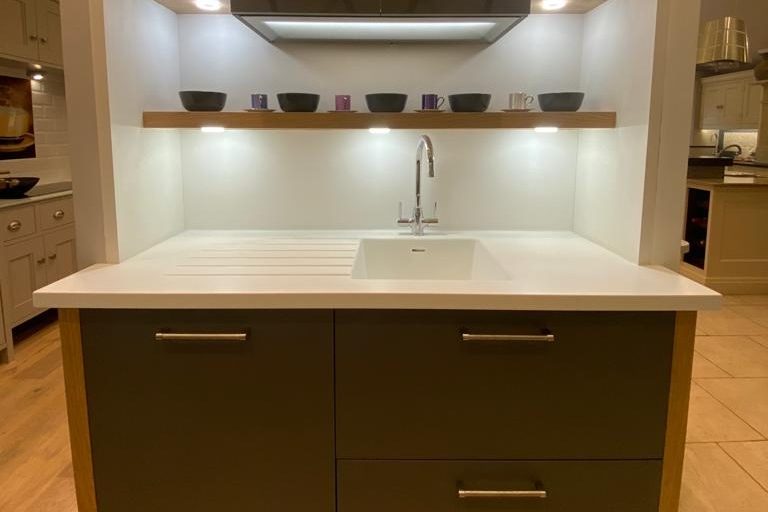



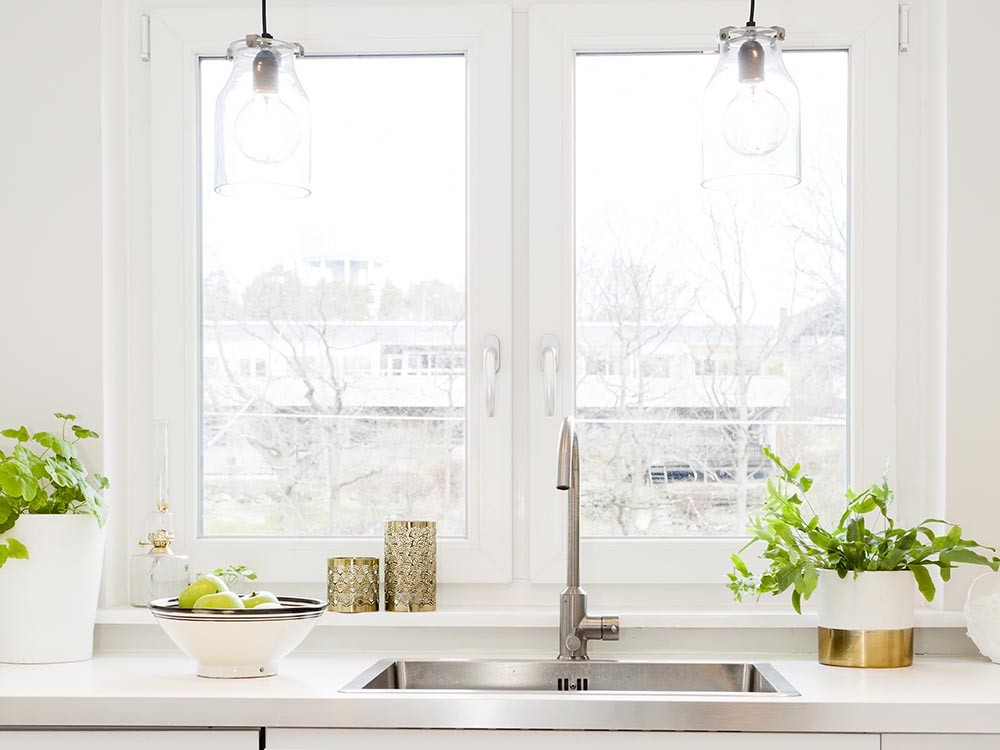

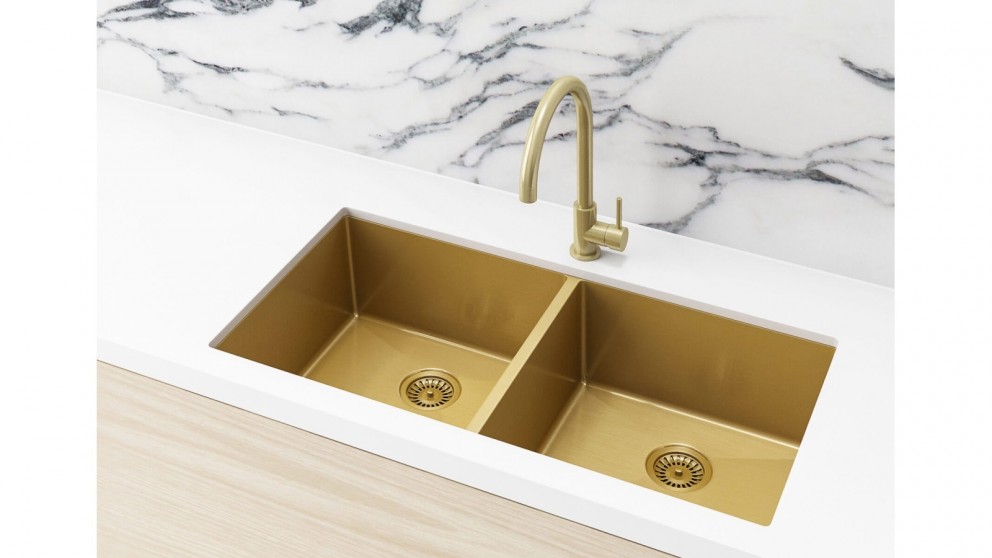







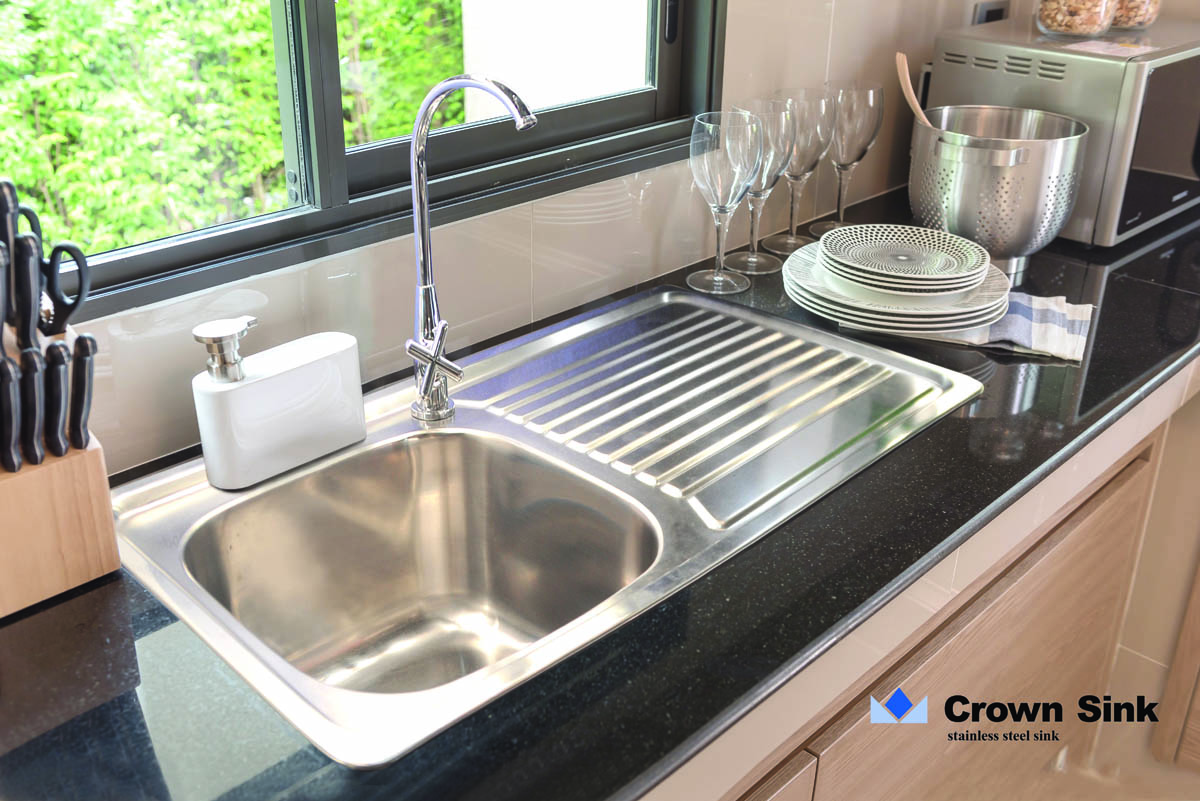

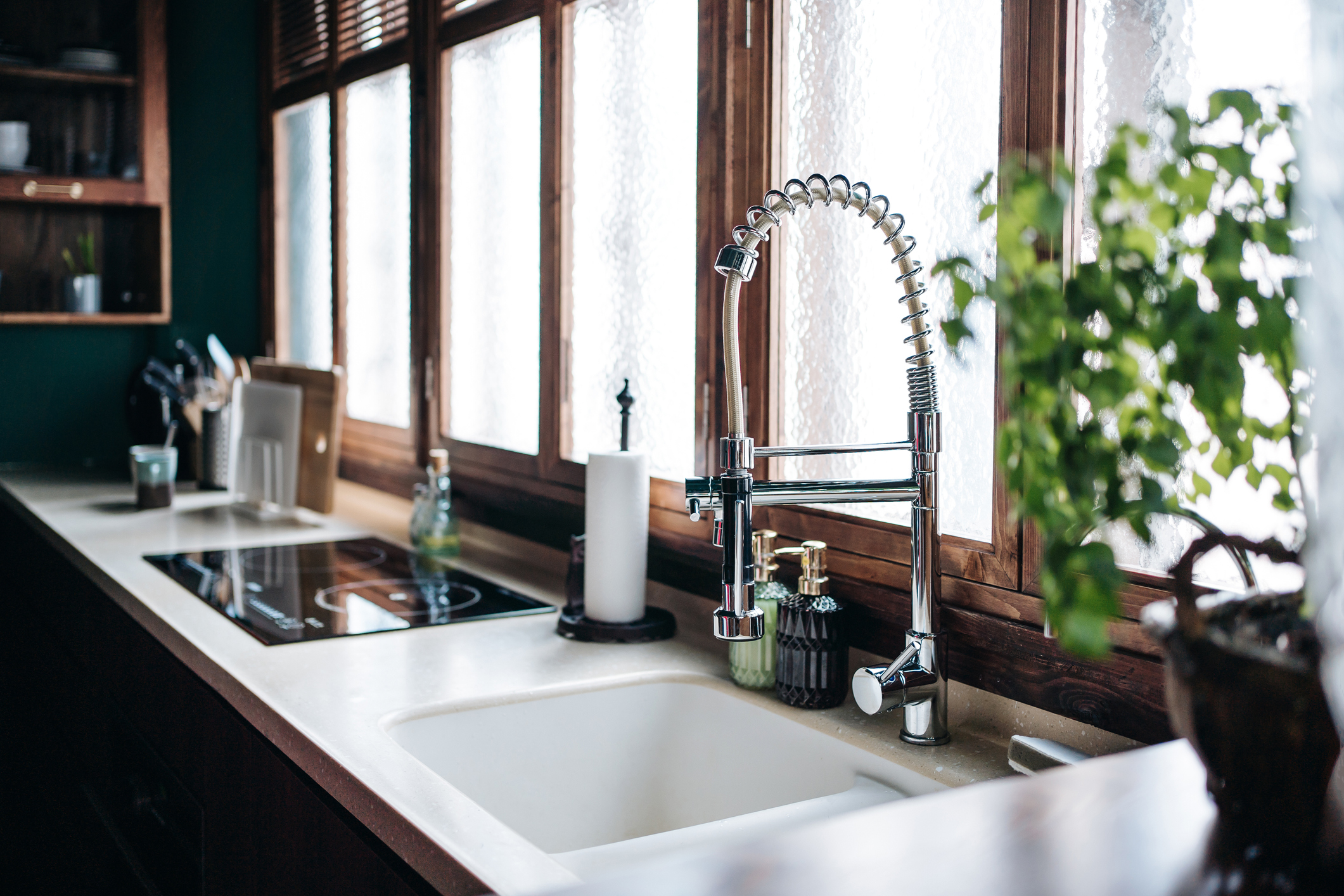

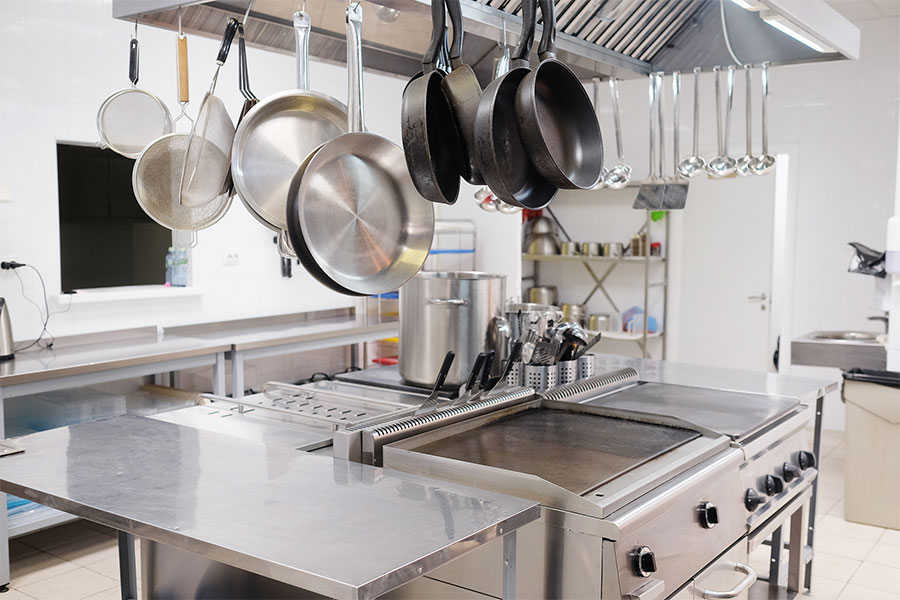


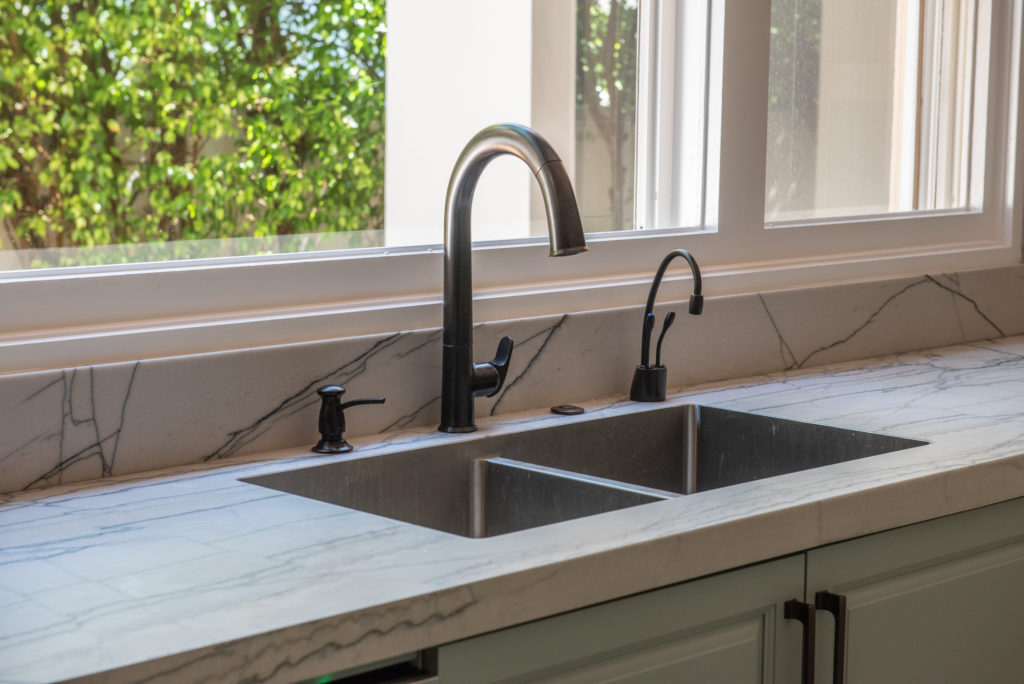





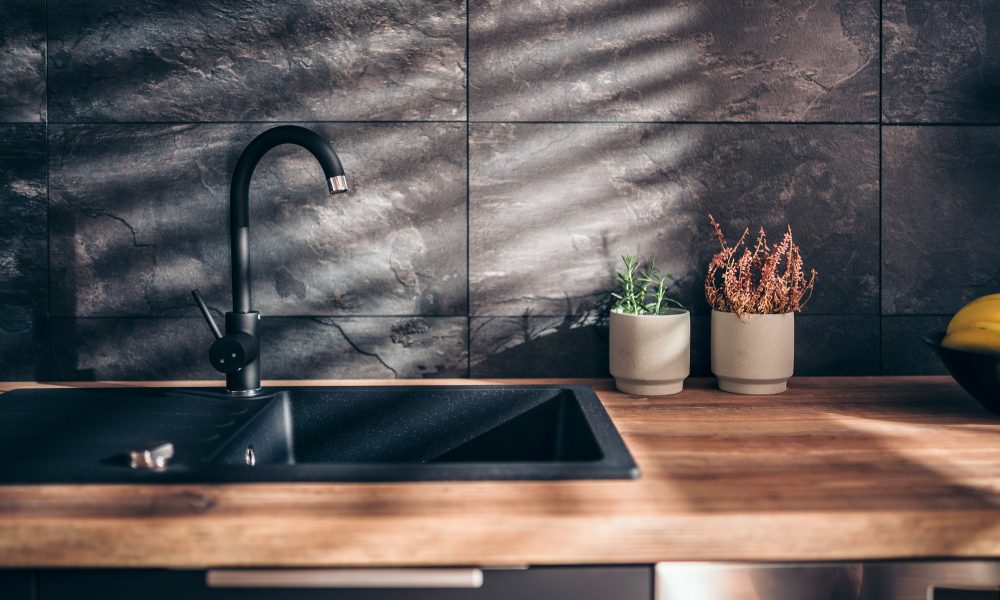



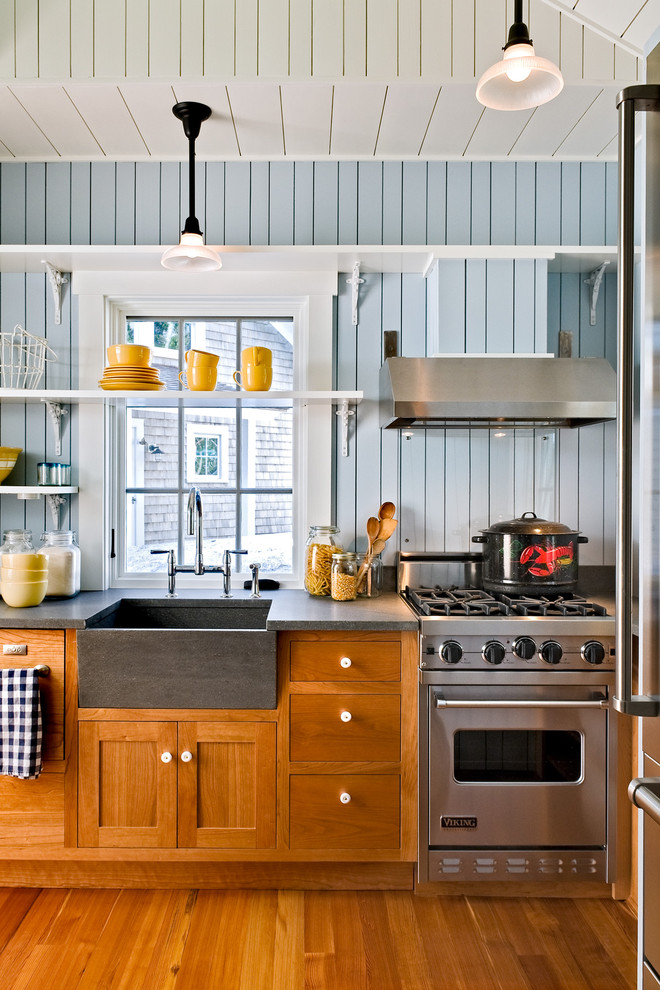


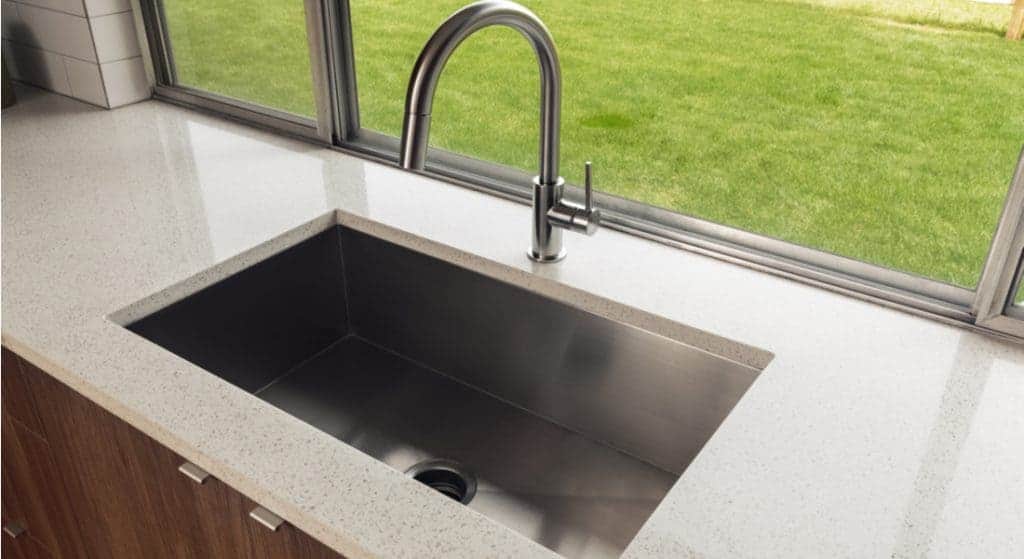
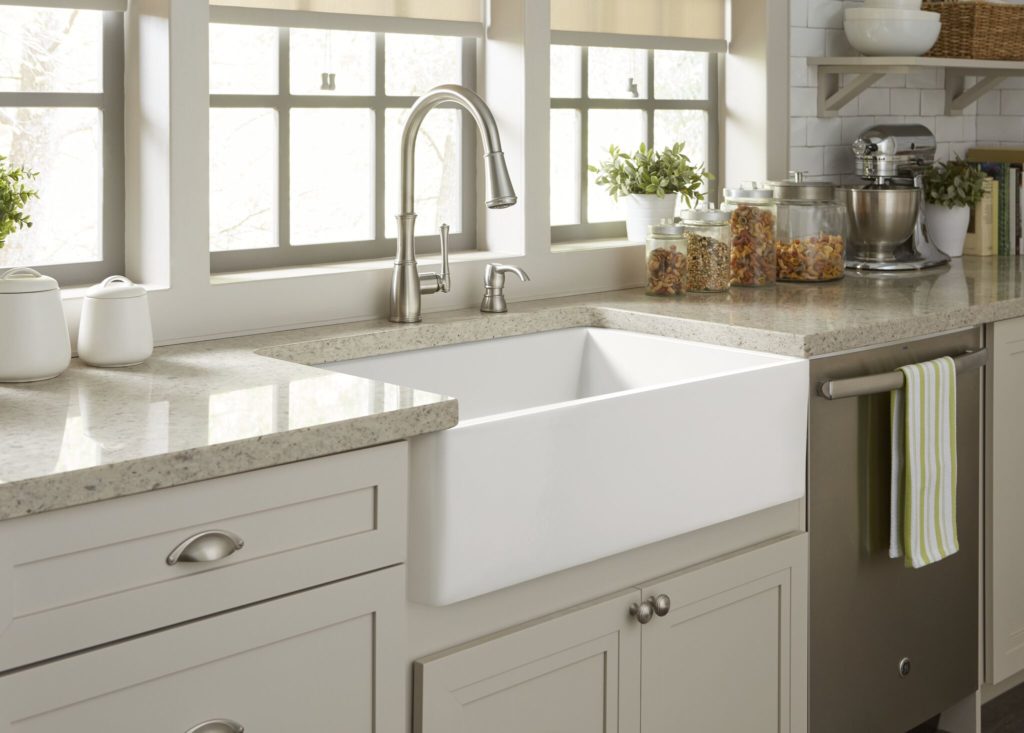









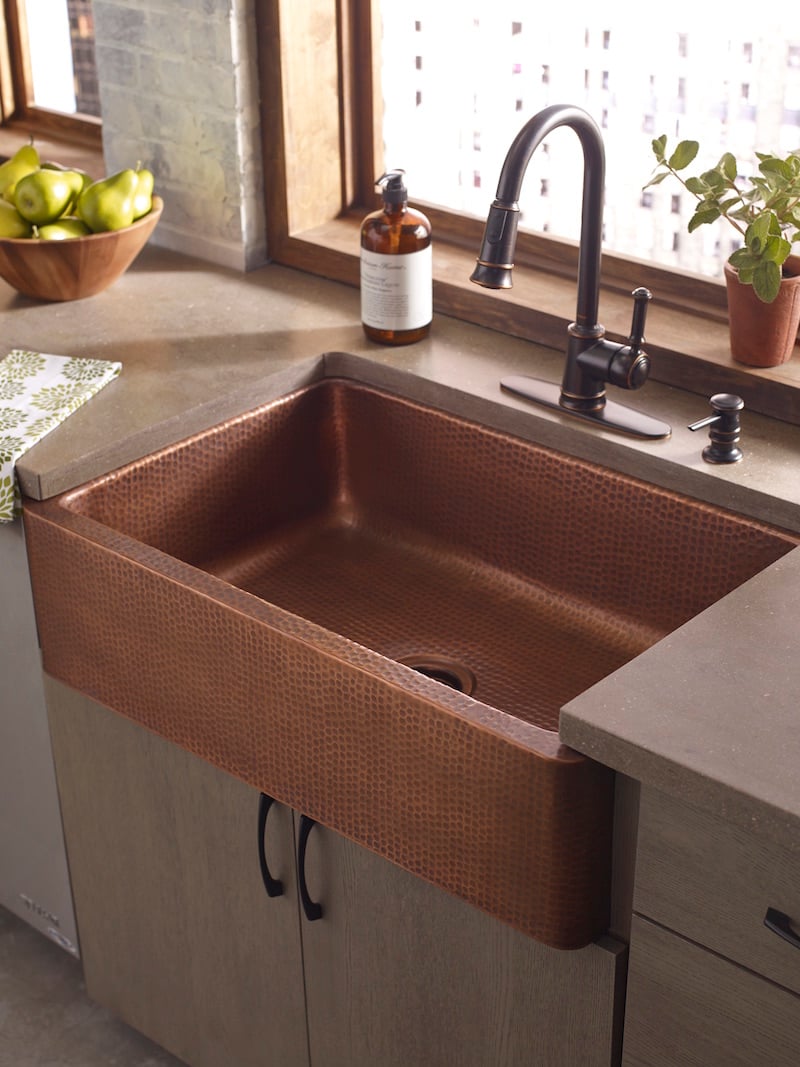


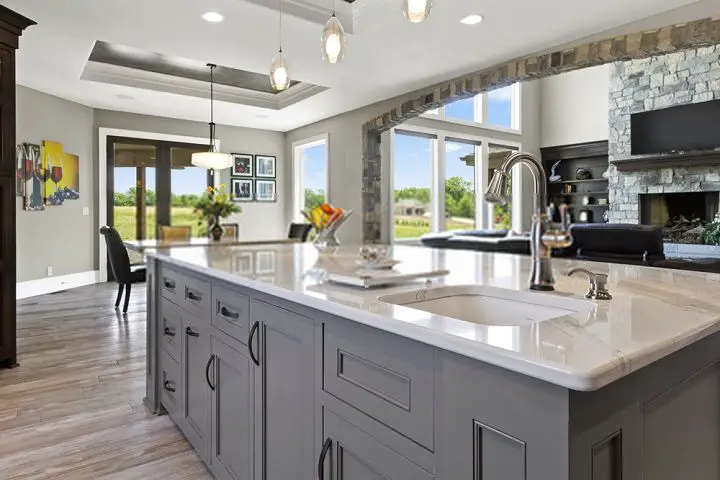






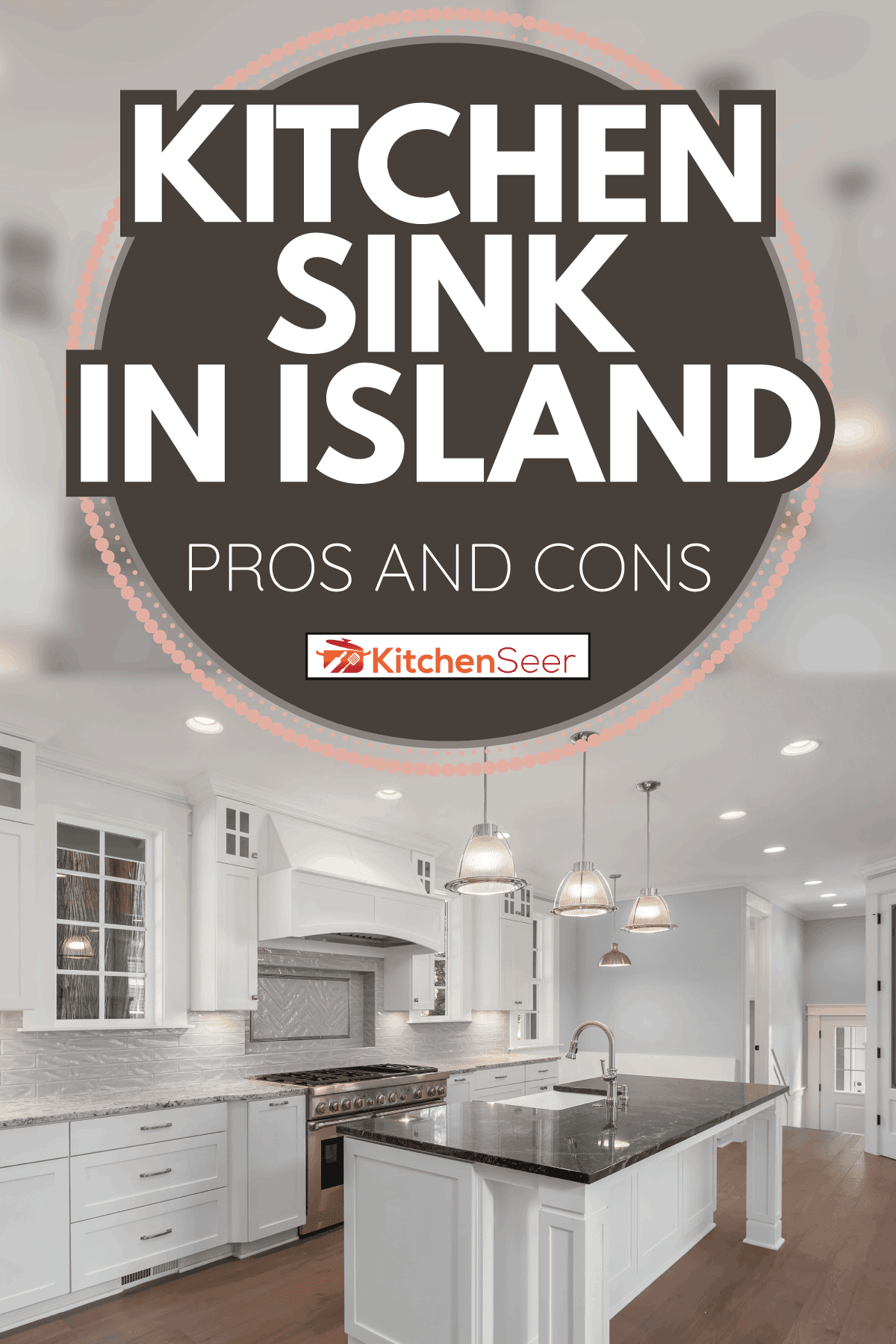

:max_bytes(150000):strip_icc()/kitchendoubleBasinsink-GettyImages-1098390260-420372a617b748d8a06491e6ad82d107.jpg)

:max_bytes(150000):strip_icc()/Low-DivideKitchenSink-5a763707119fa8003735e84a.jpg)
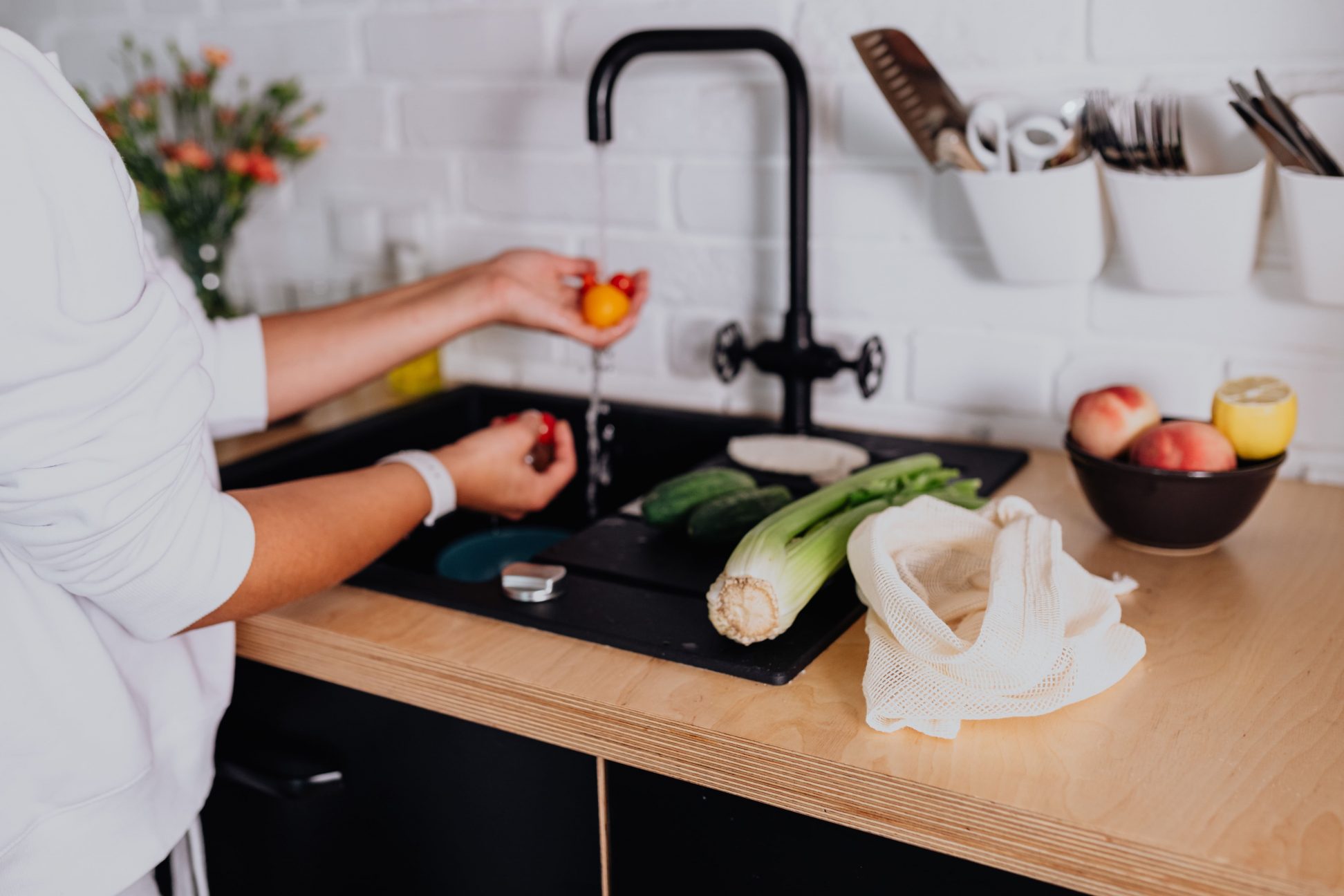
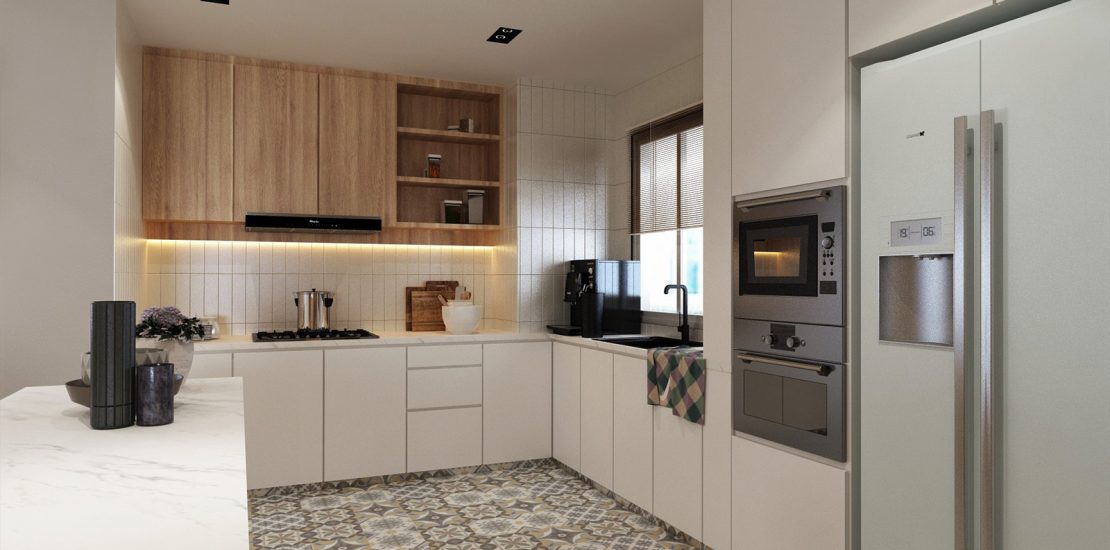

:max_bytes(150000):strip_icc()/GettyImages-174841379-5a85d100ba61770036d9f06c.jpg)

